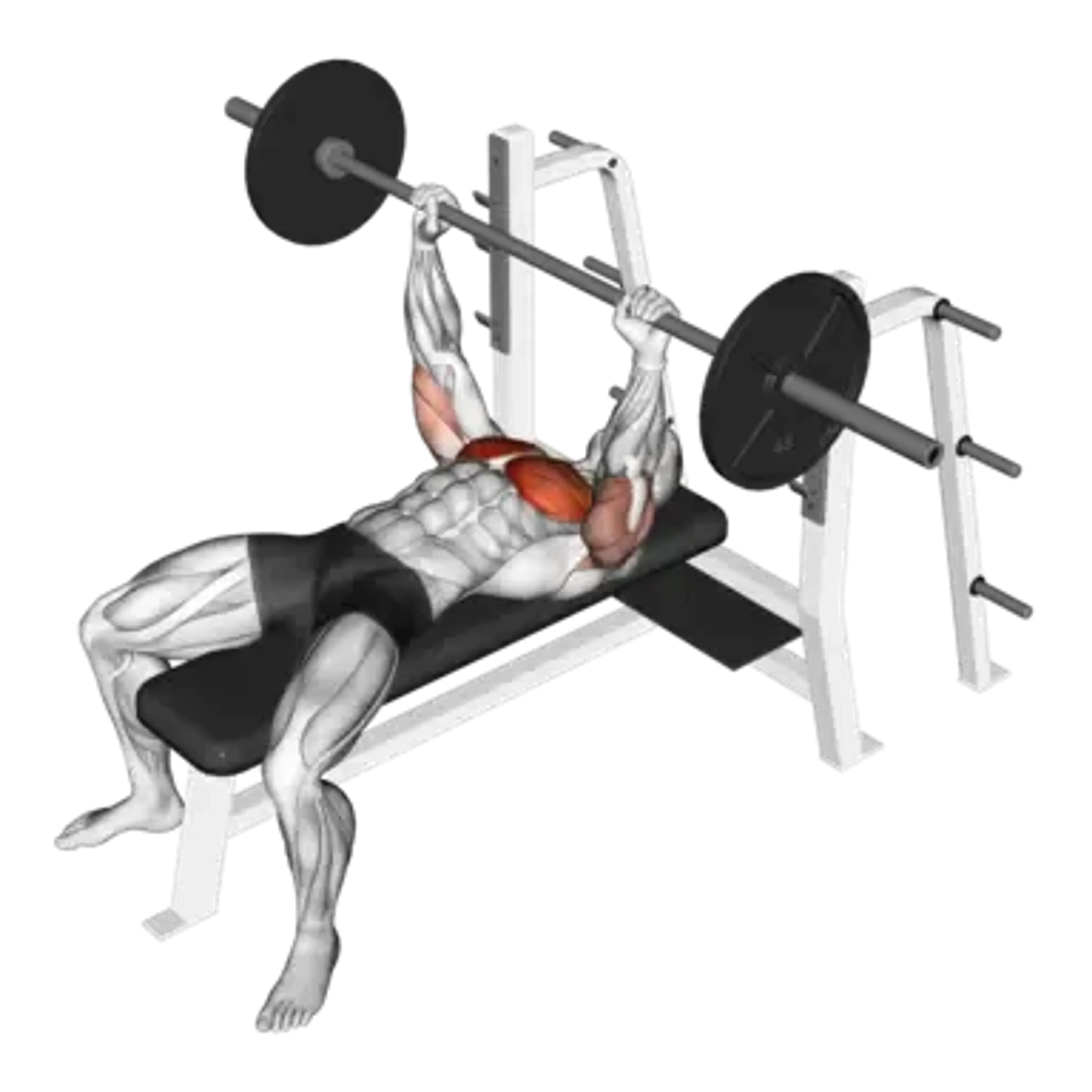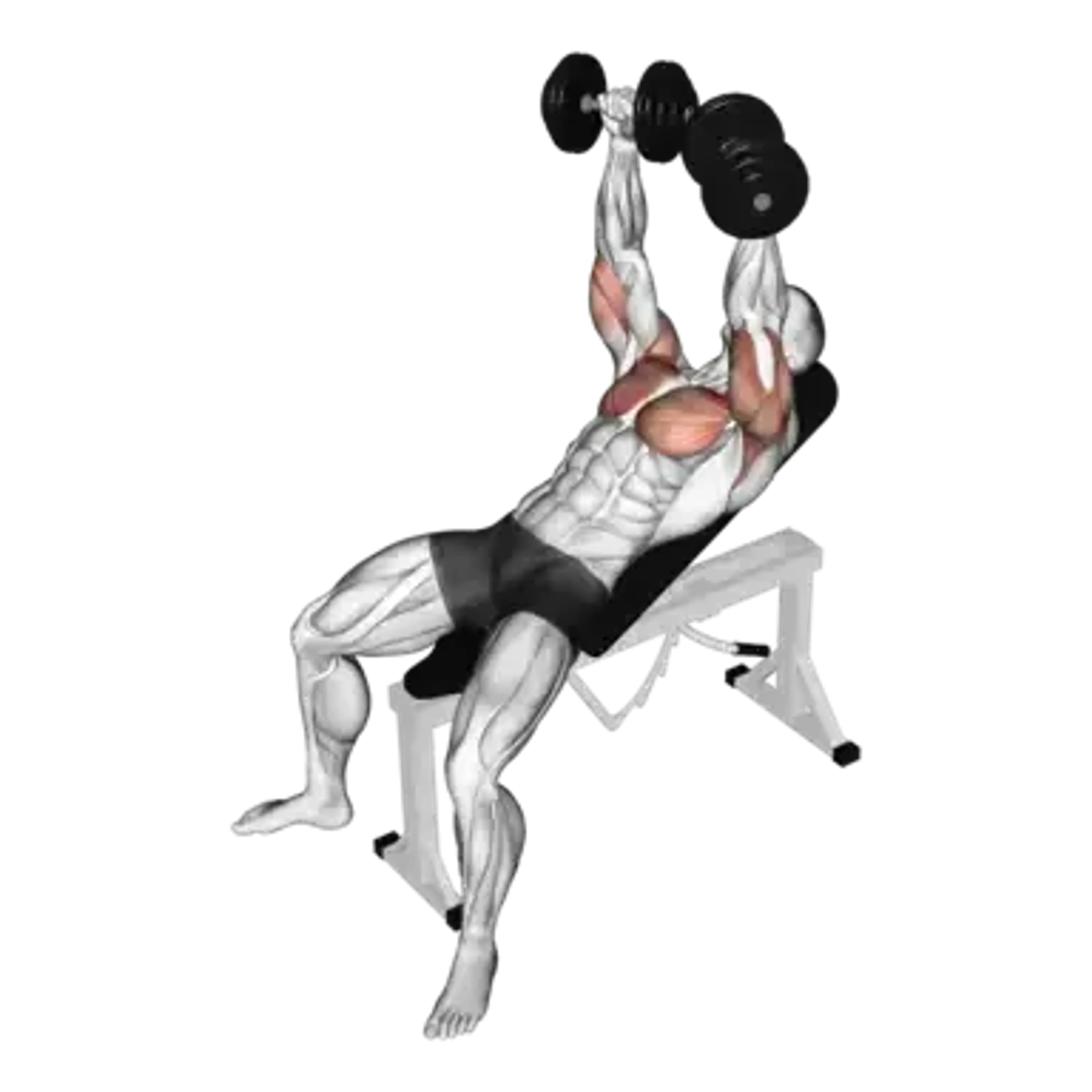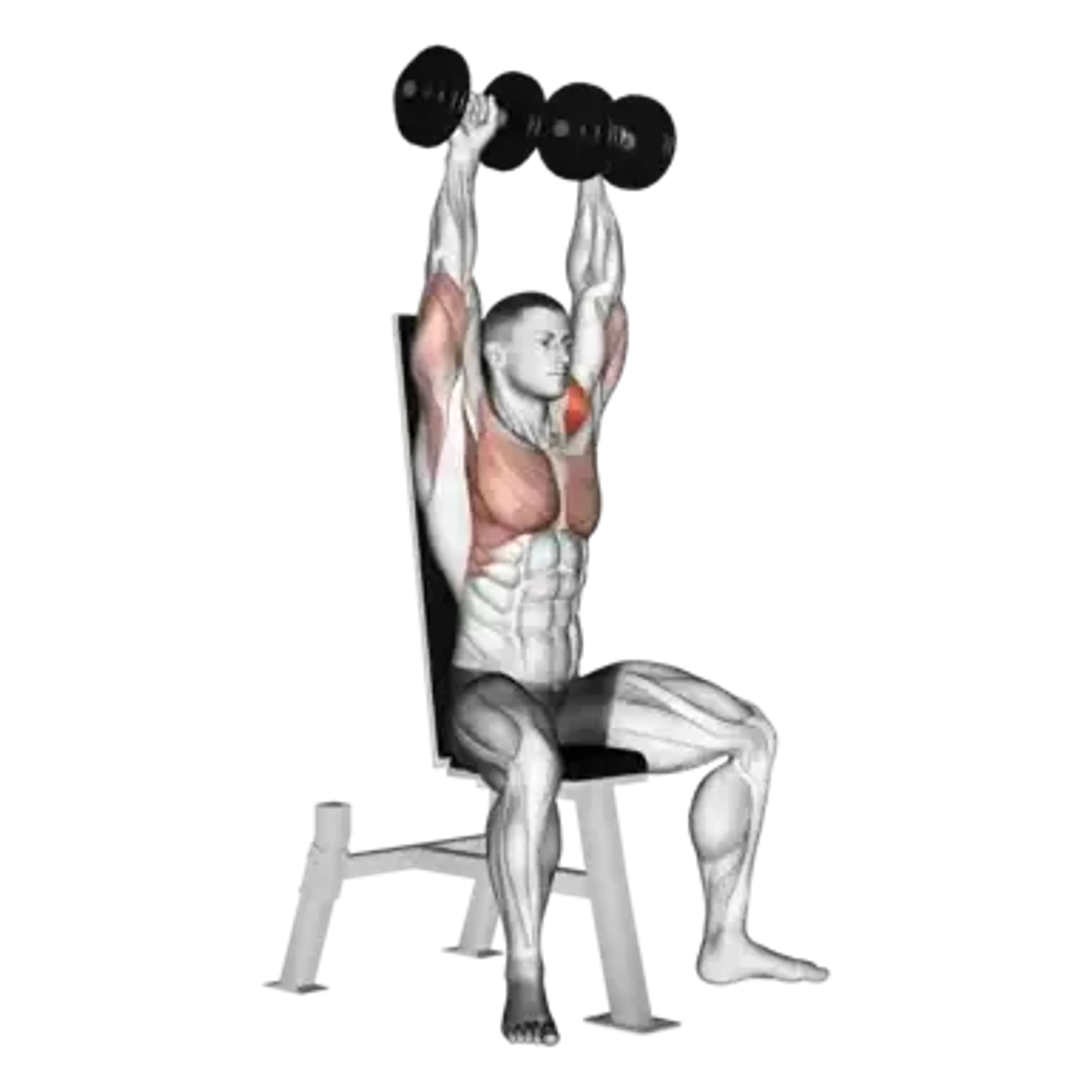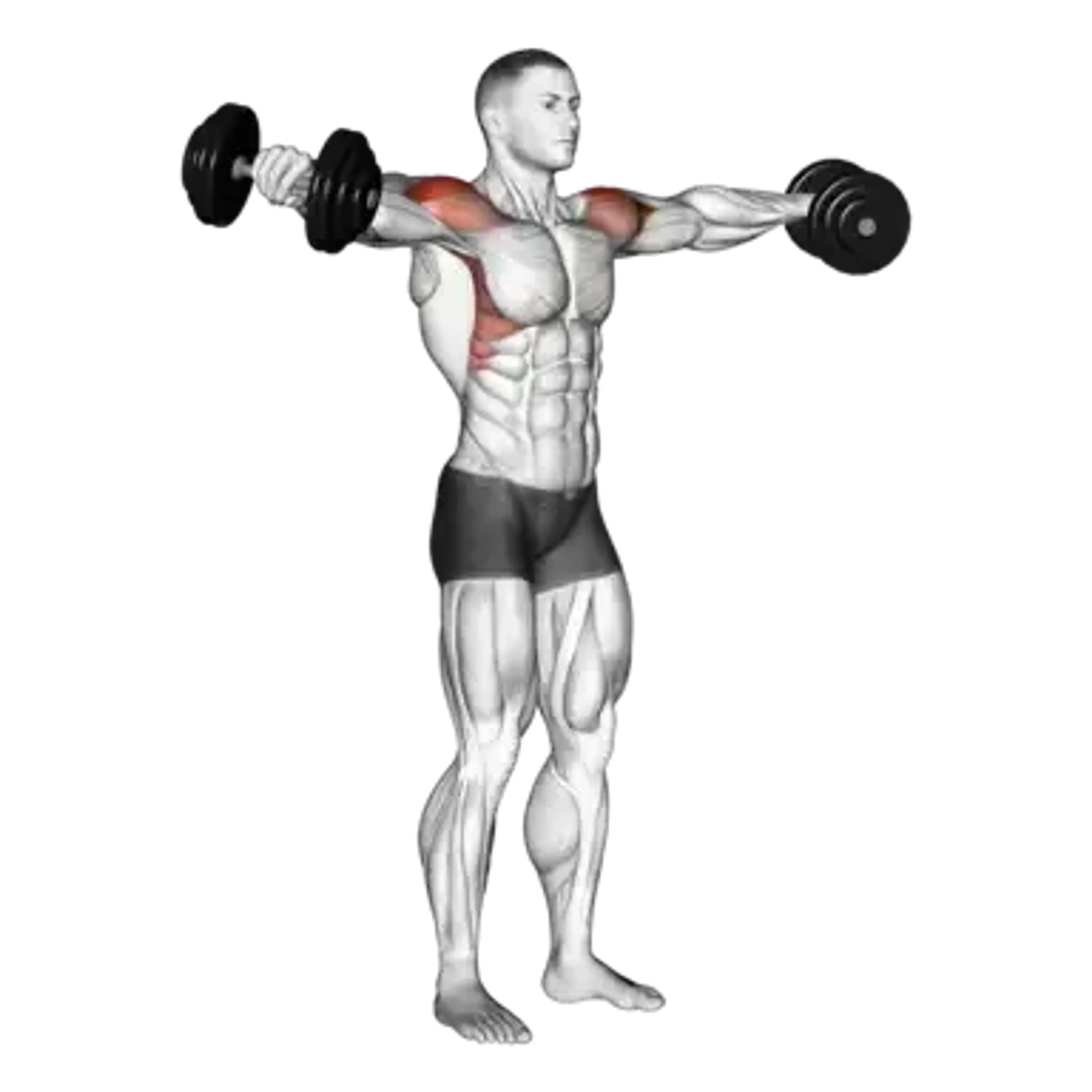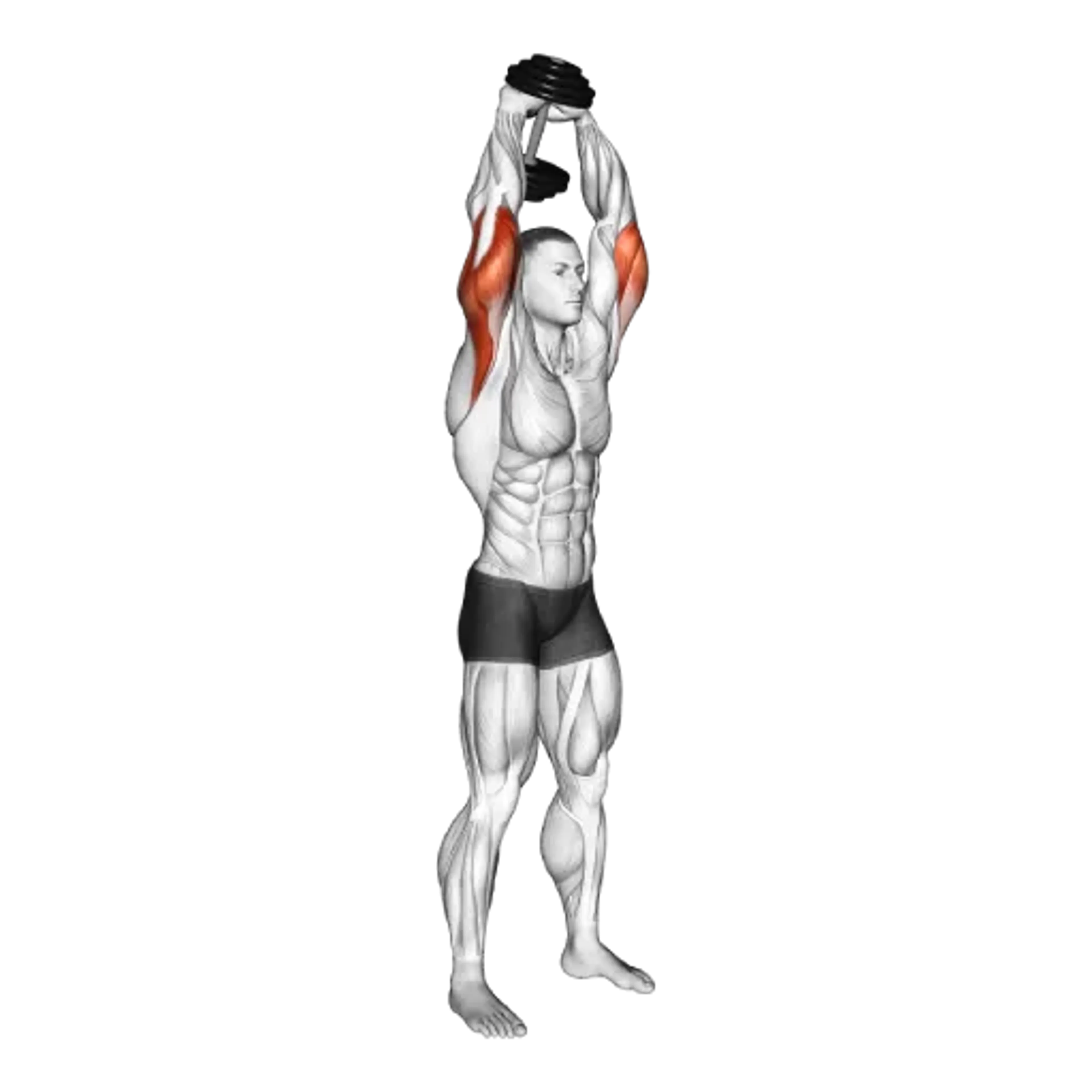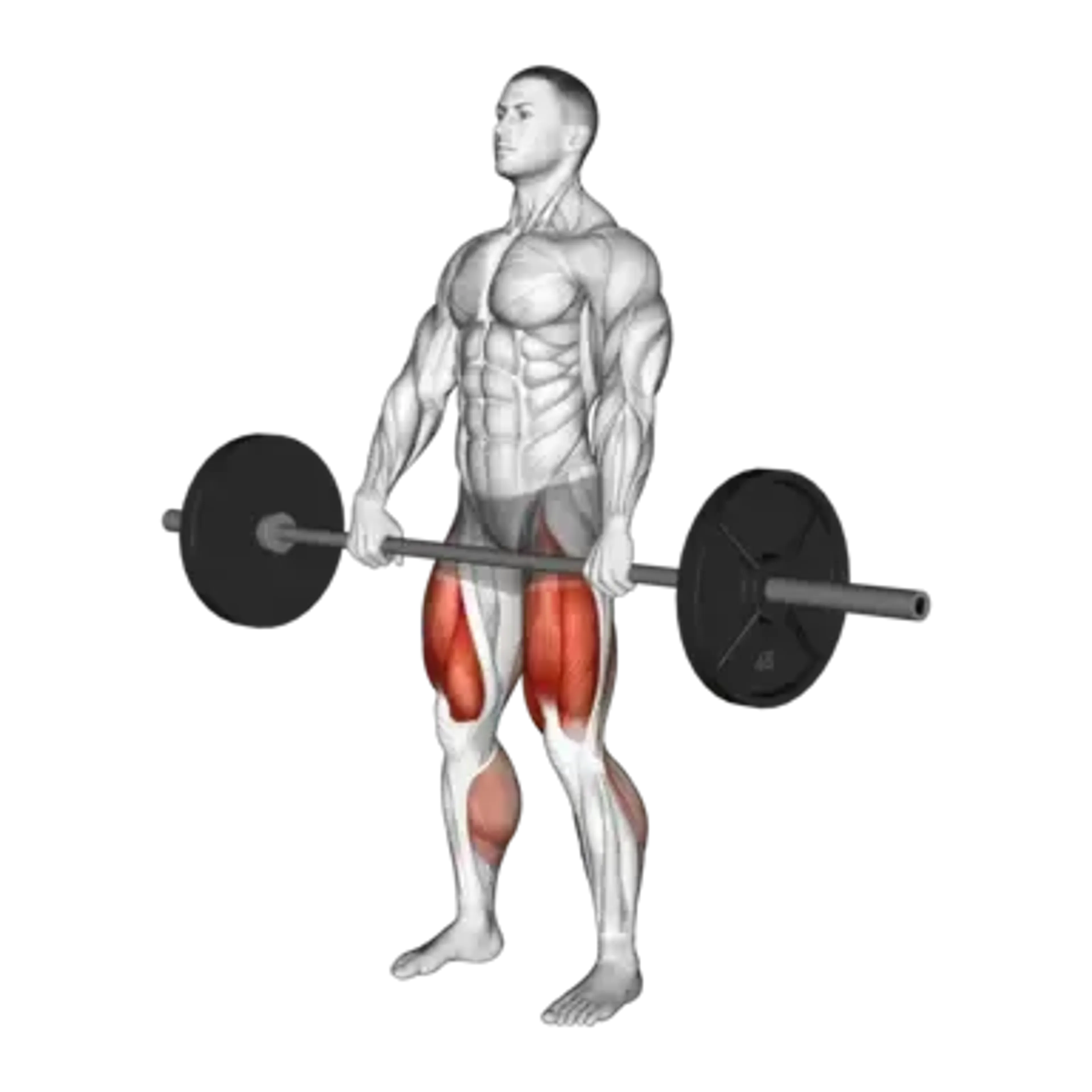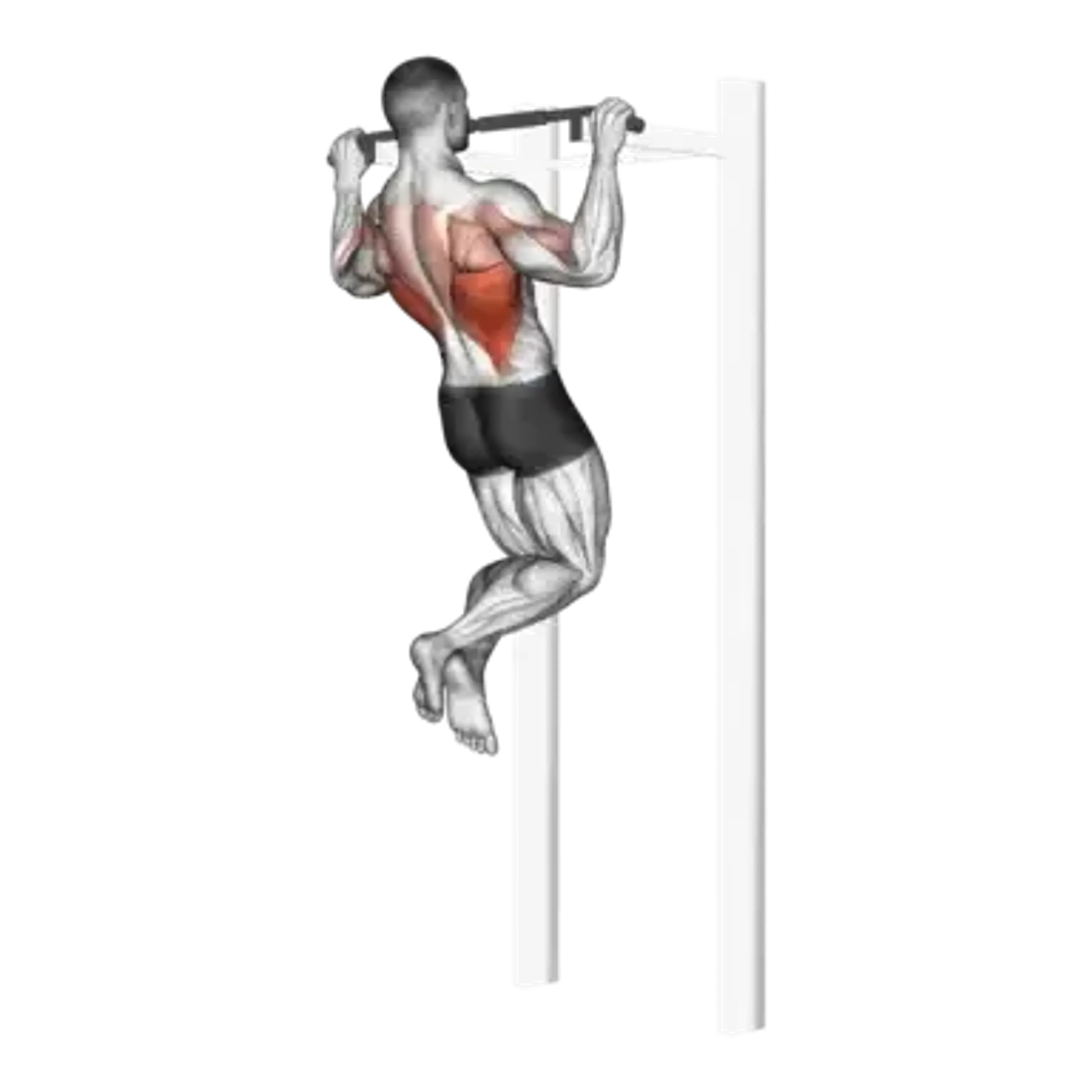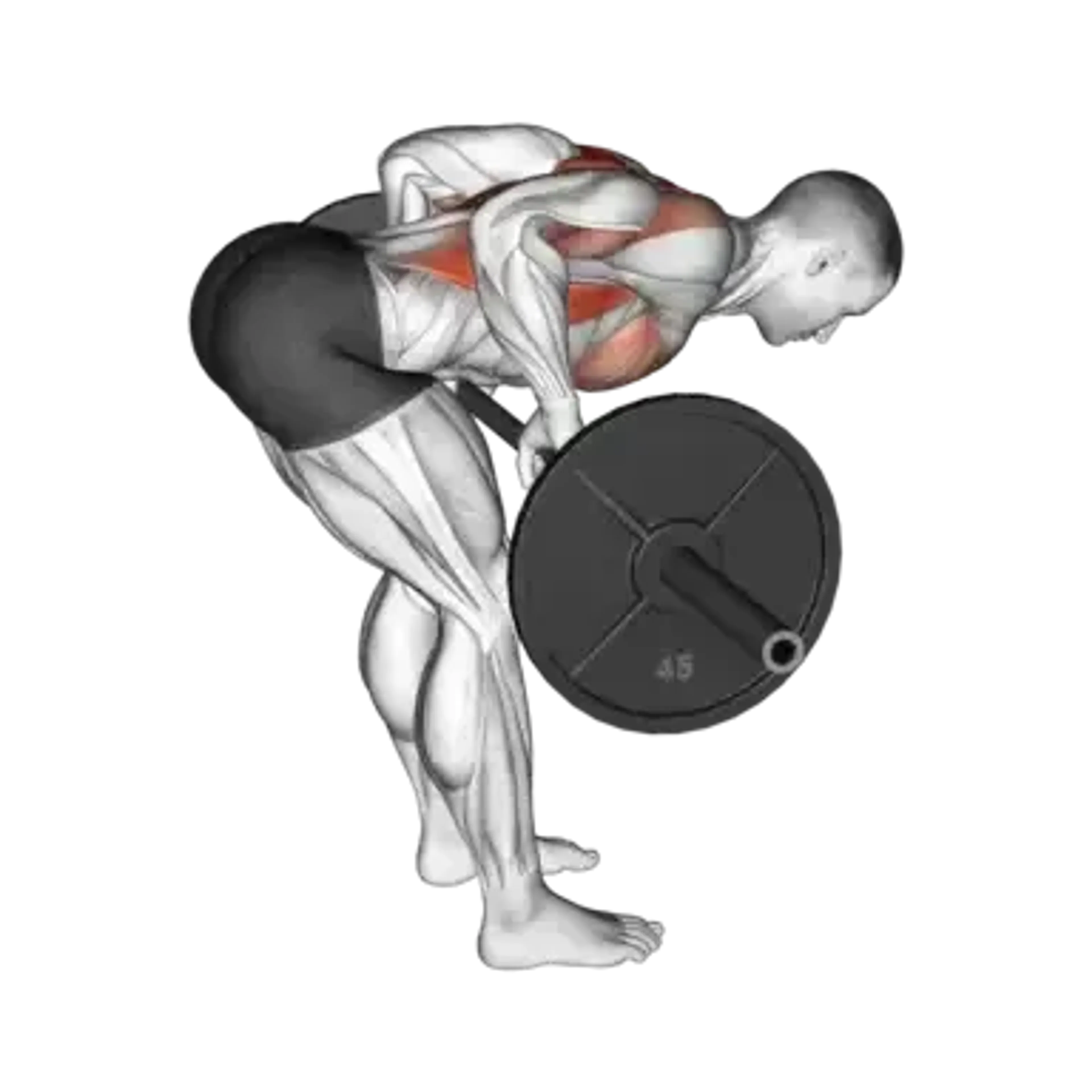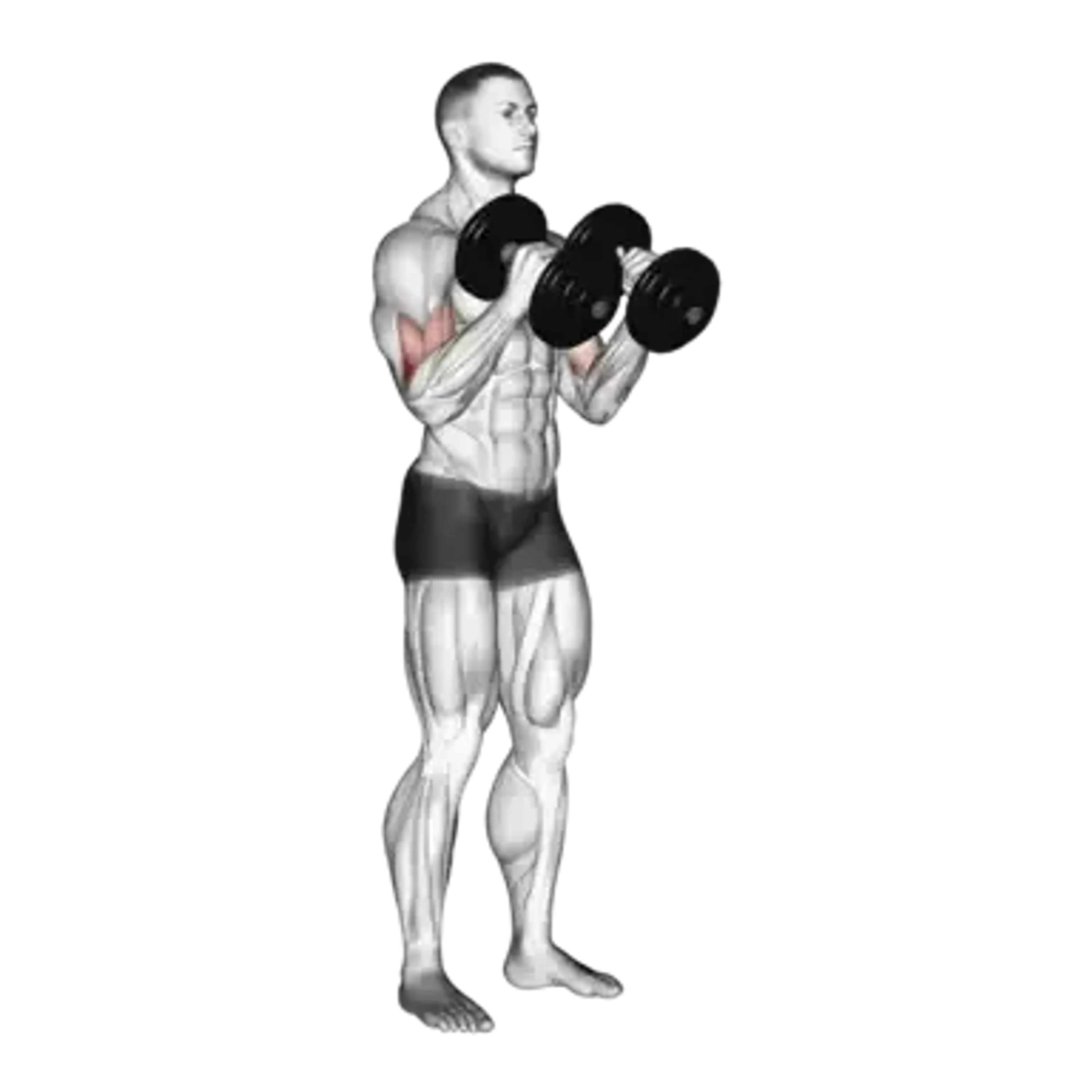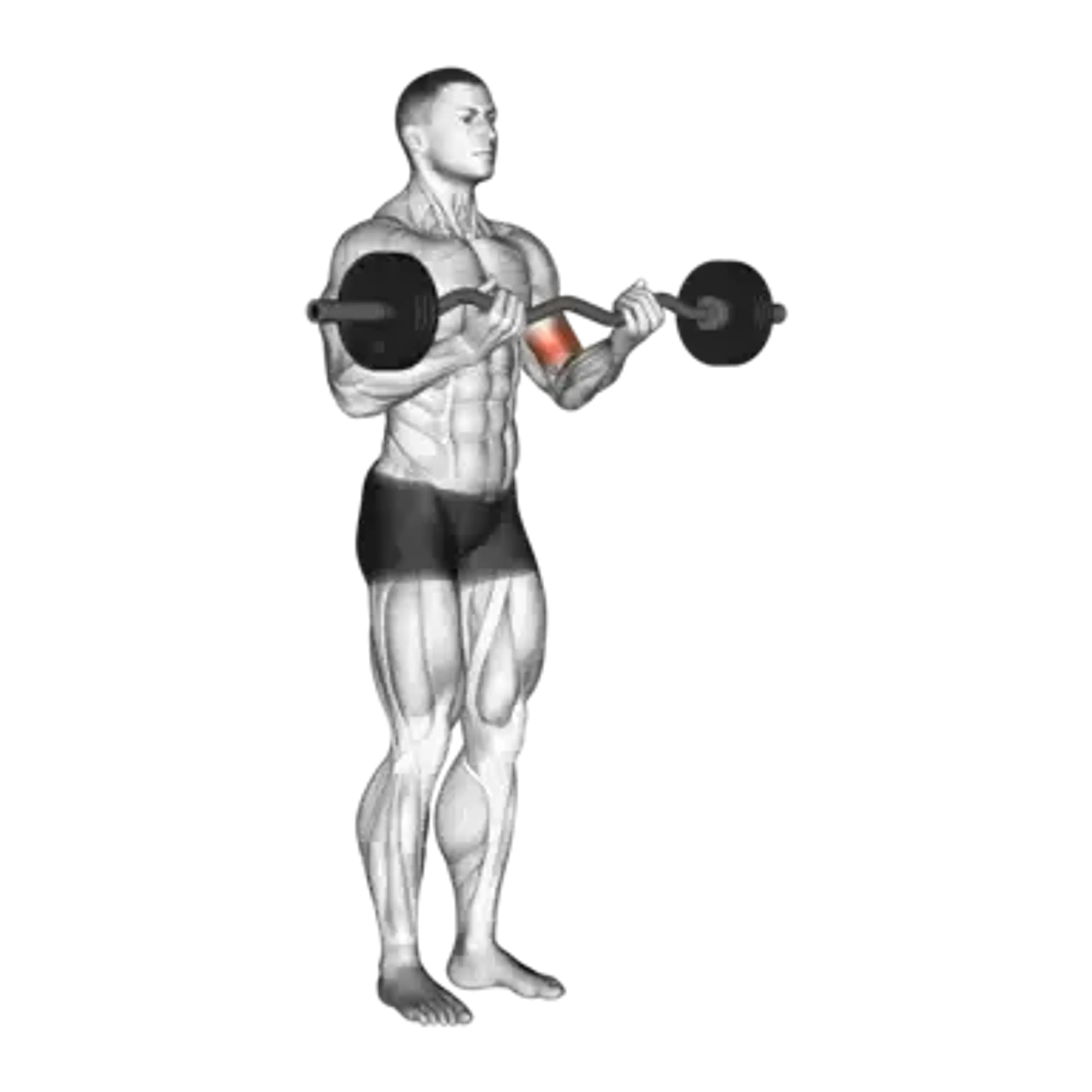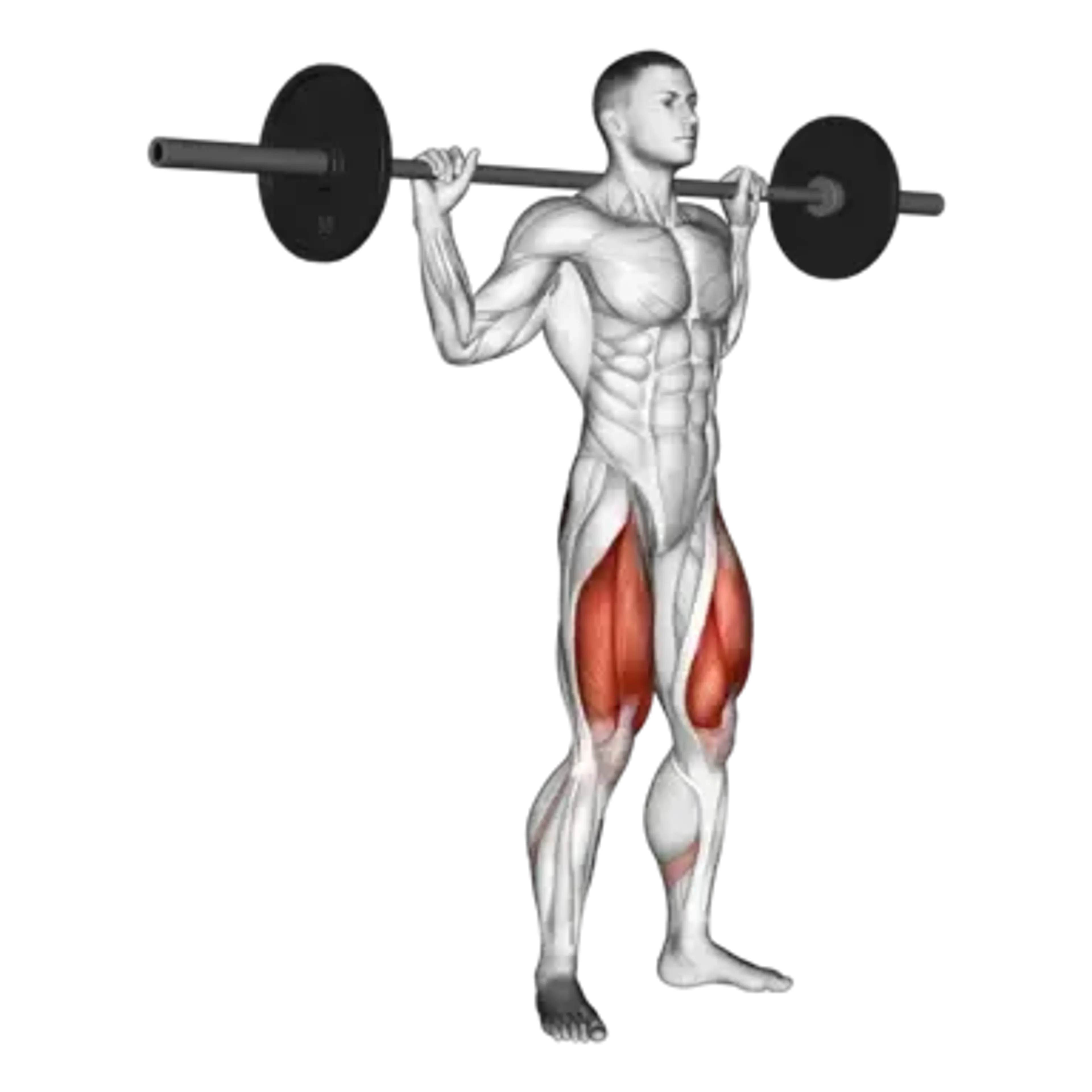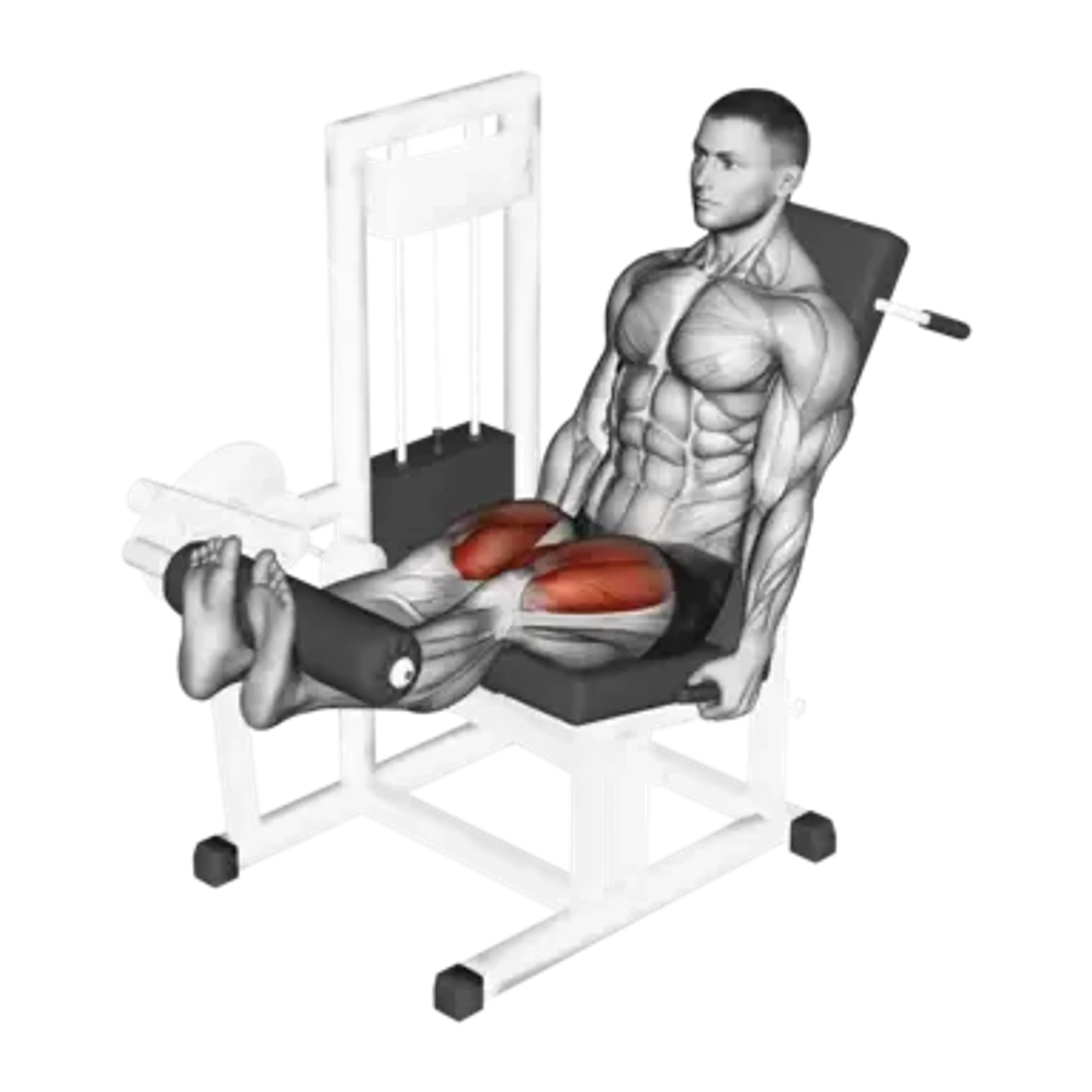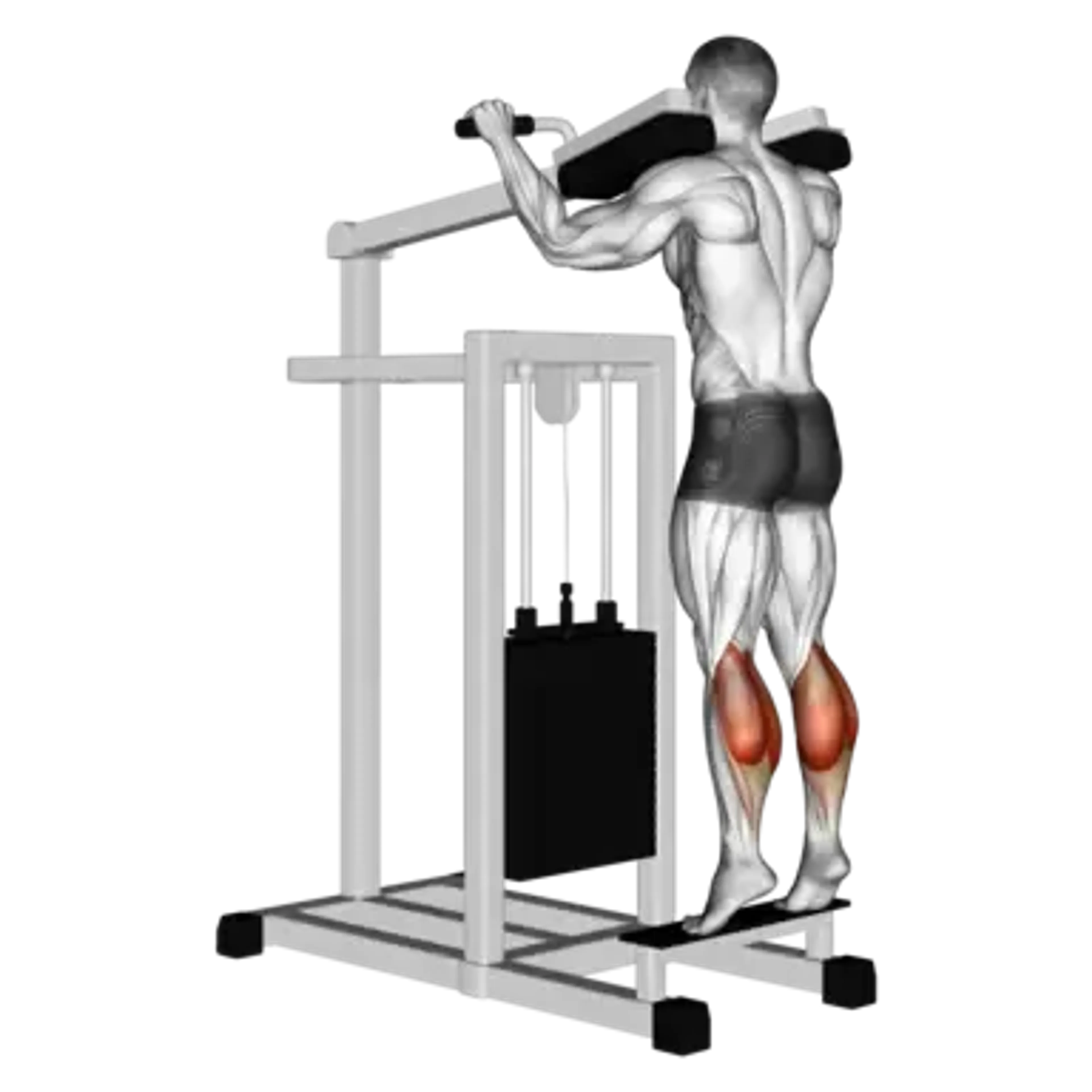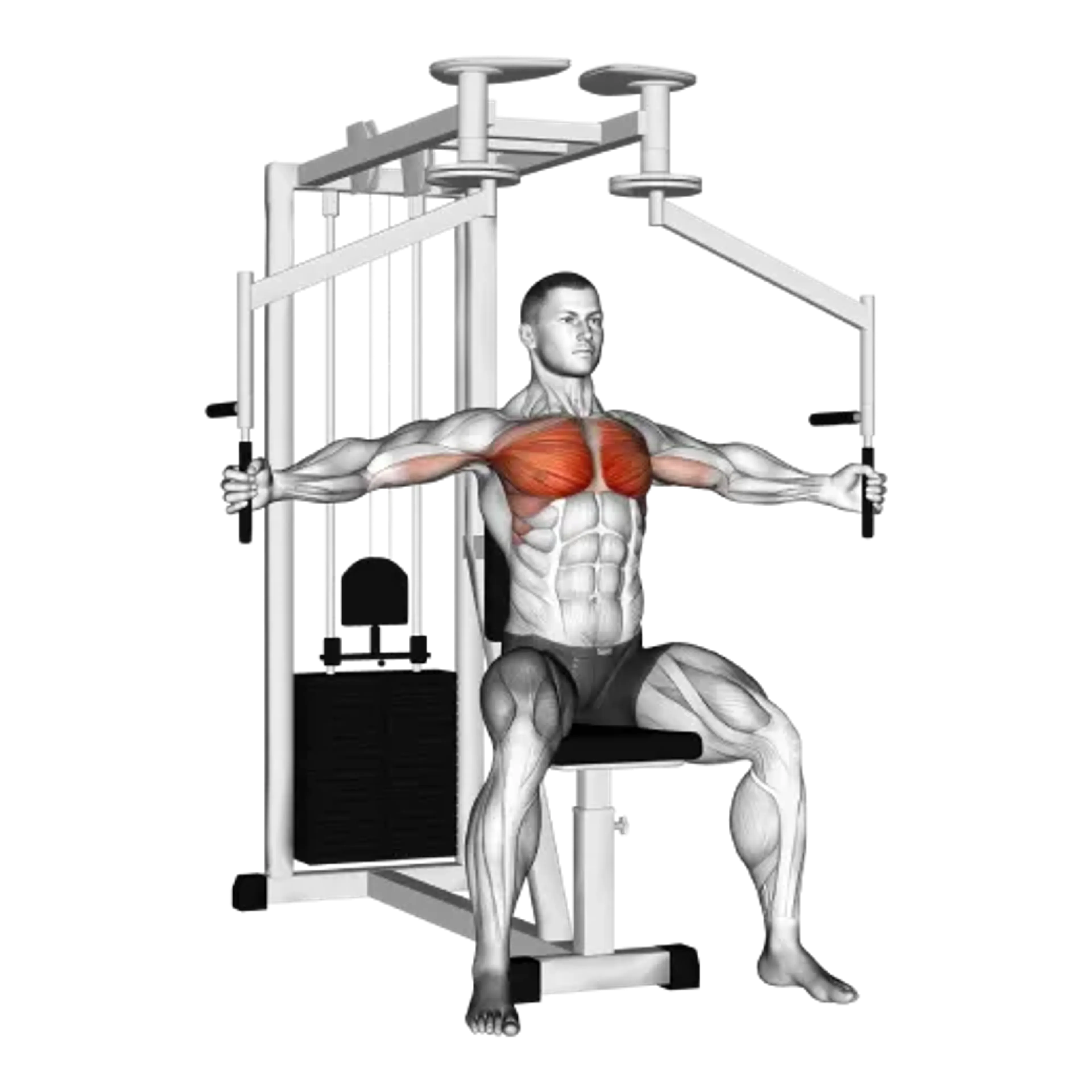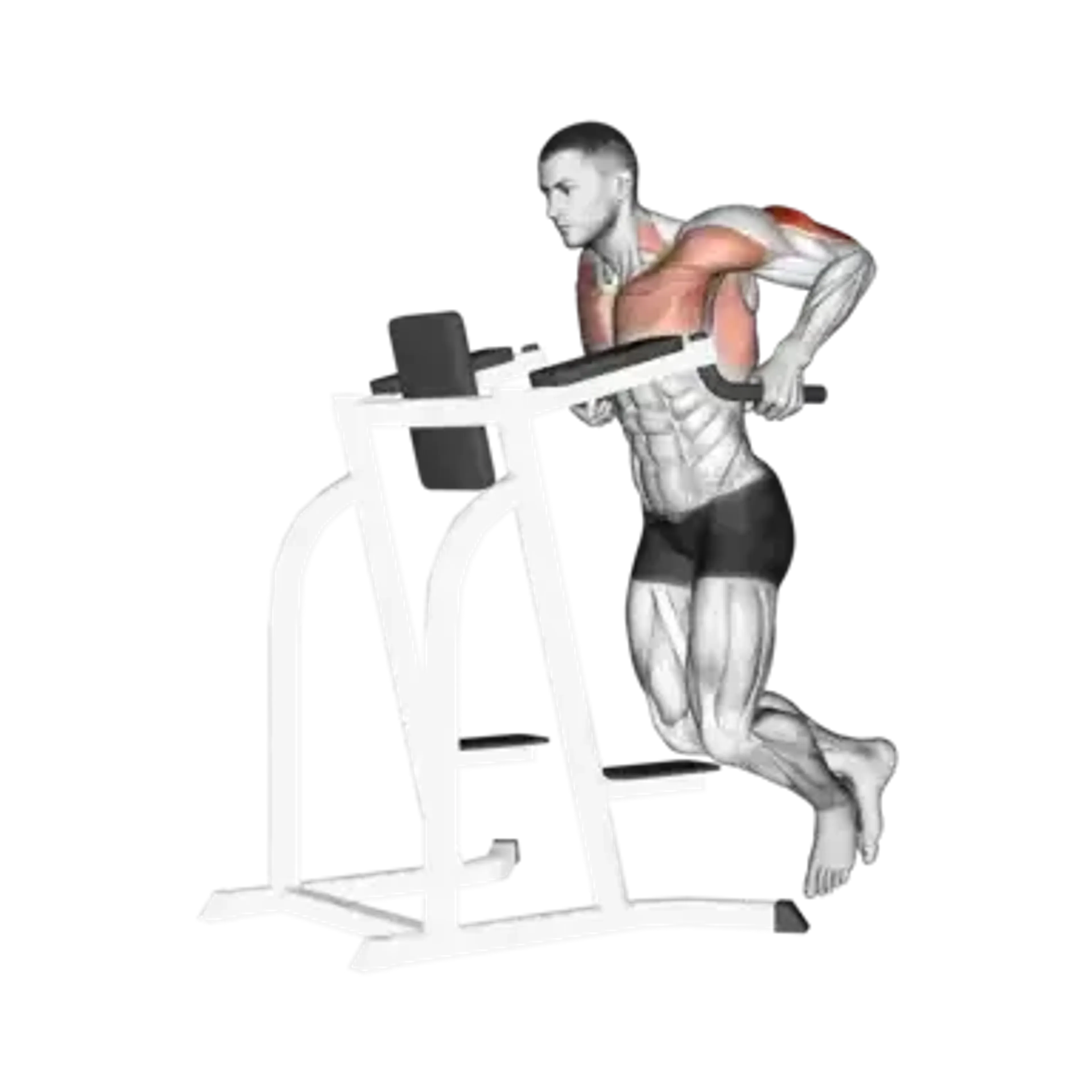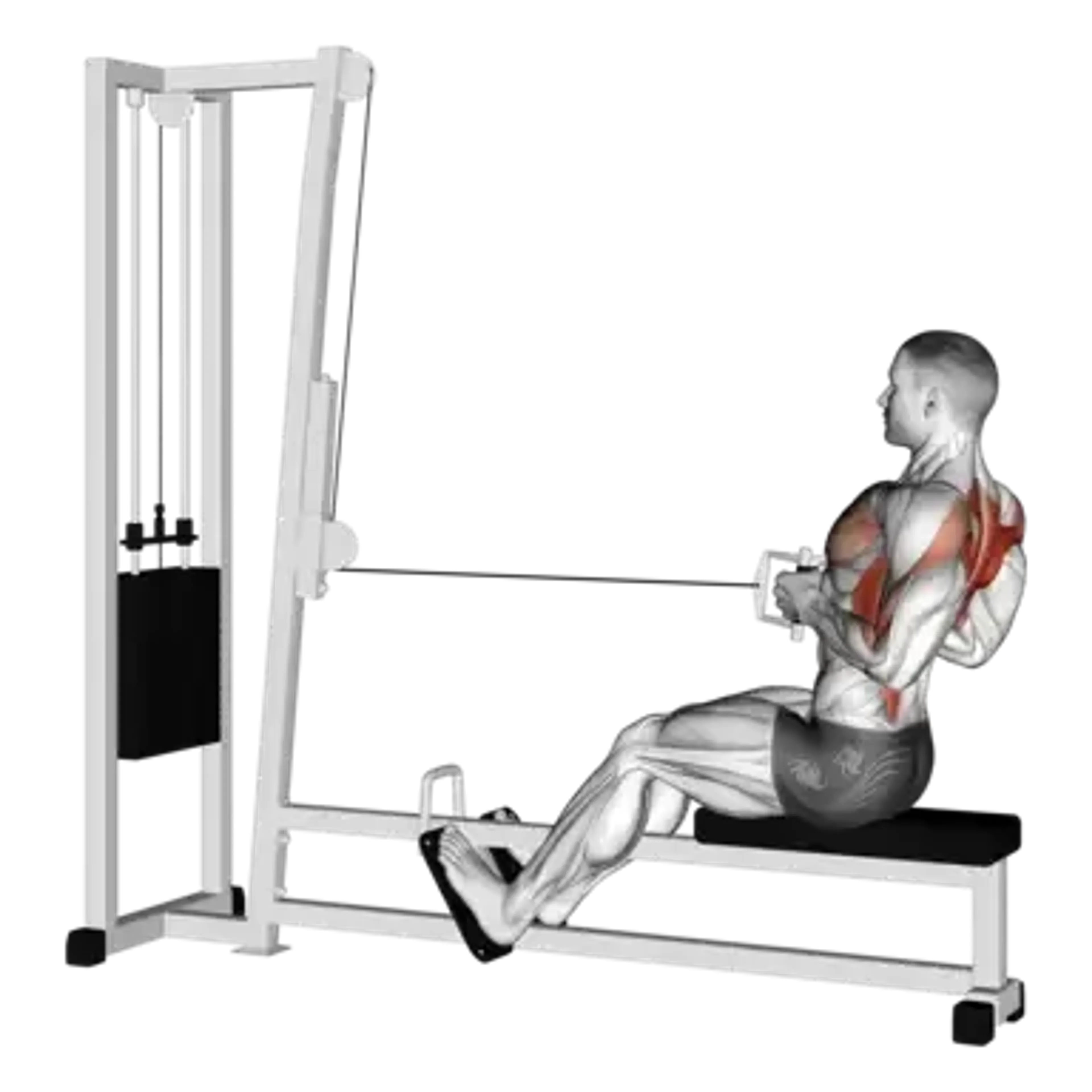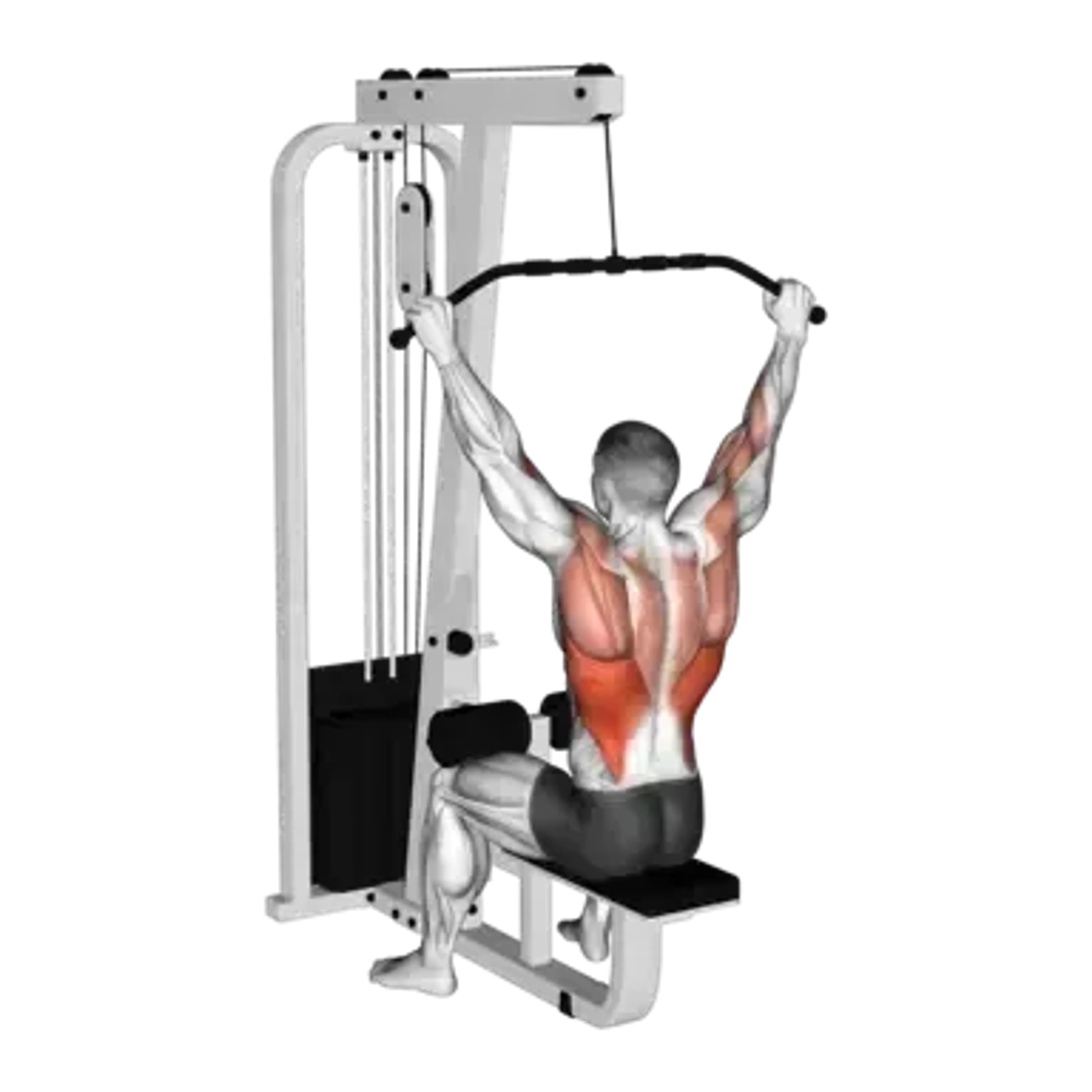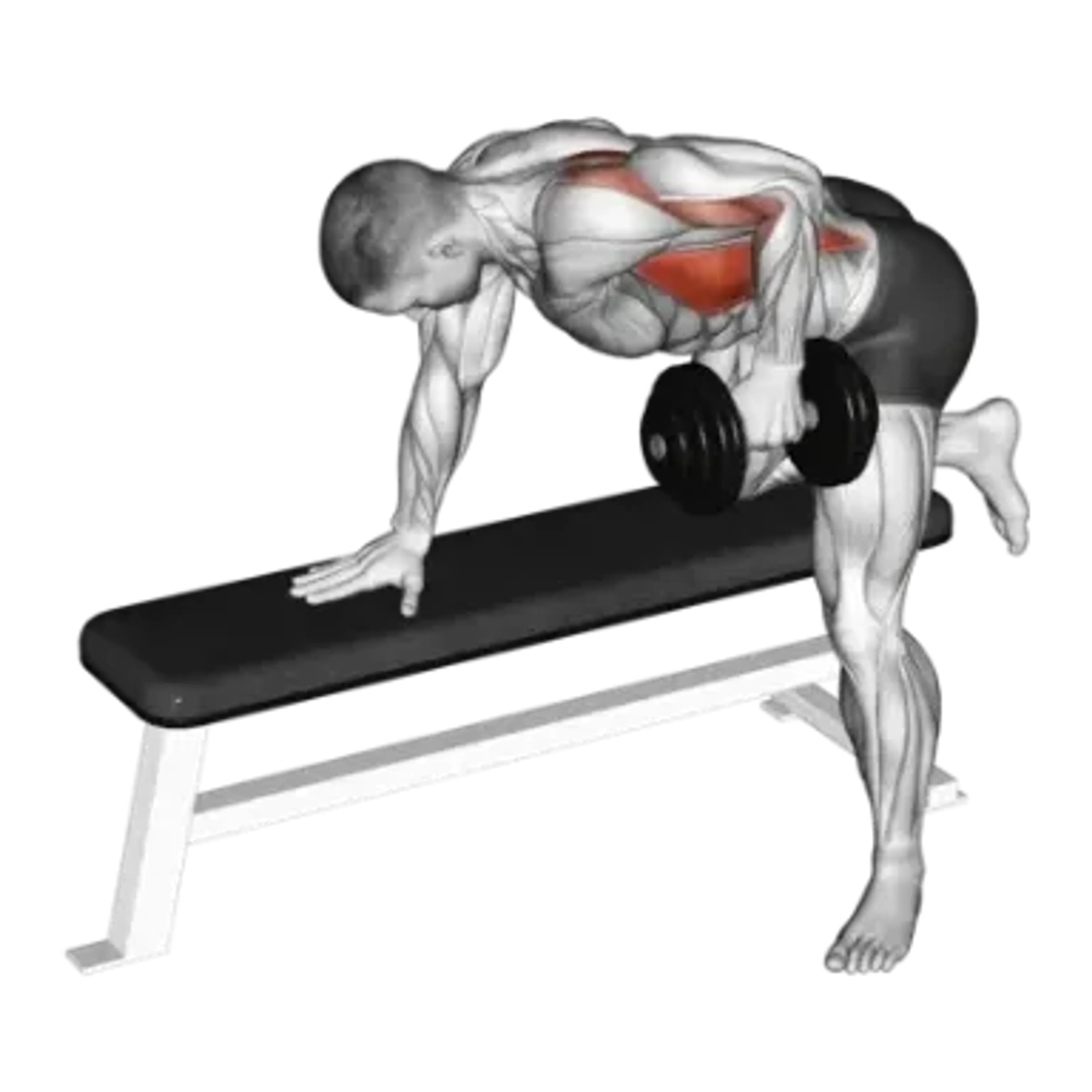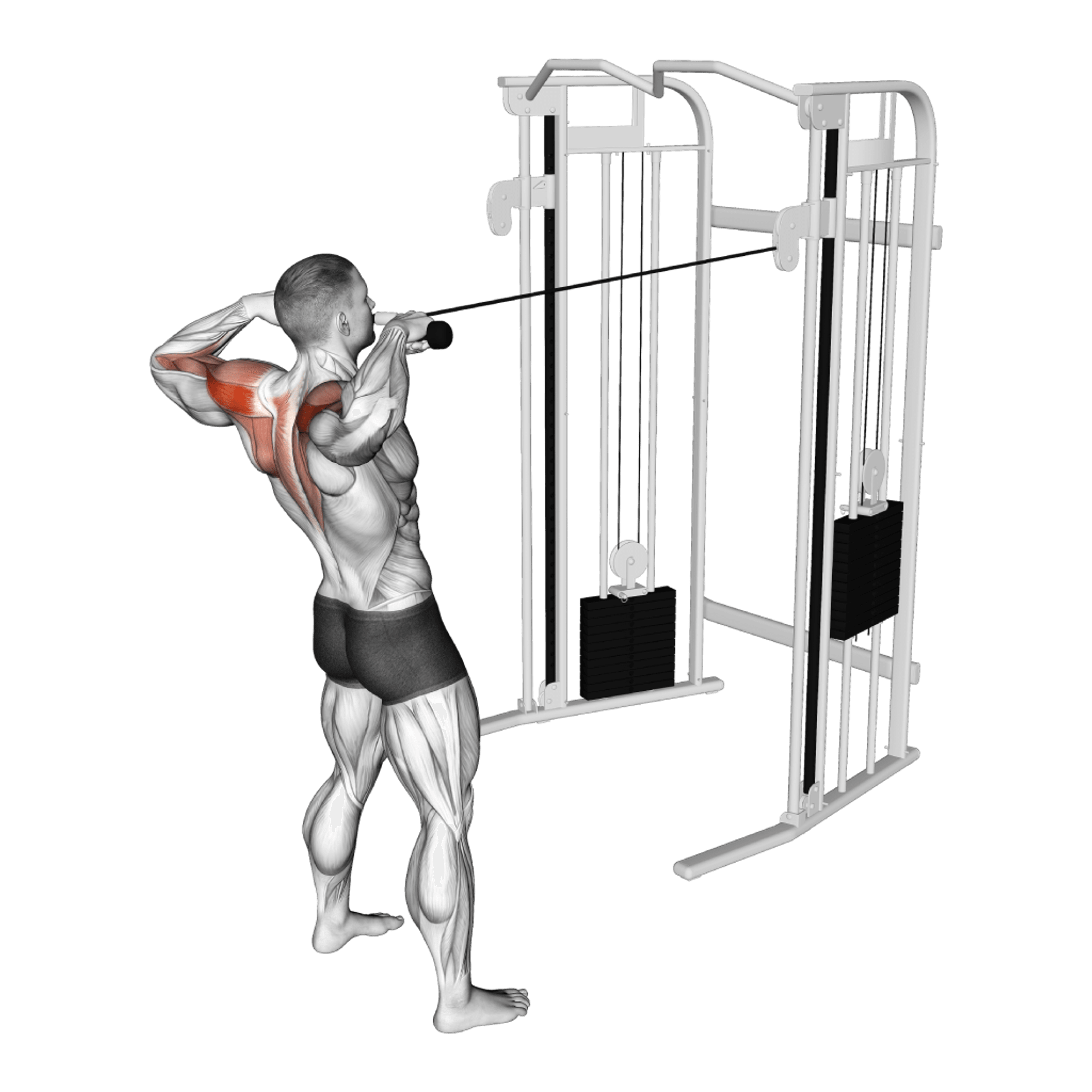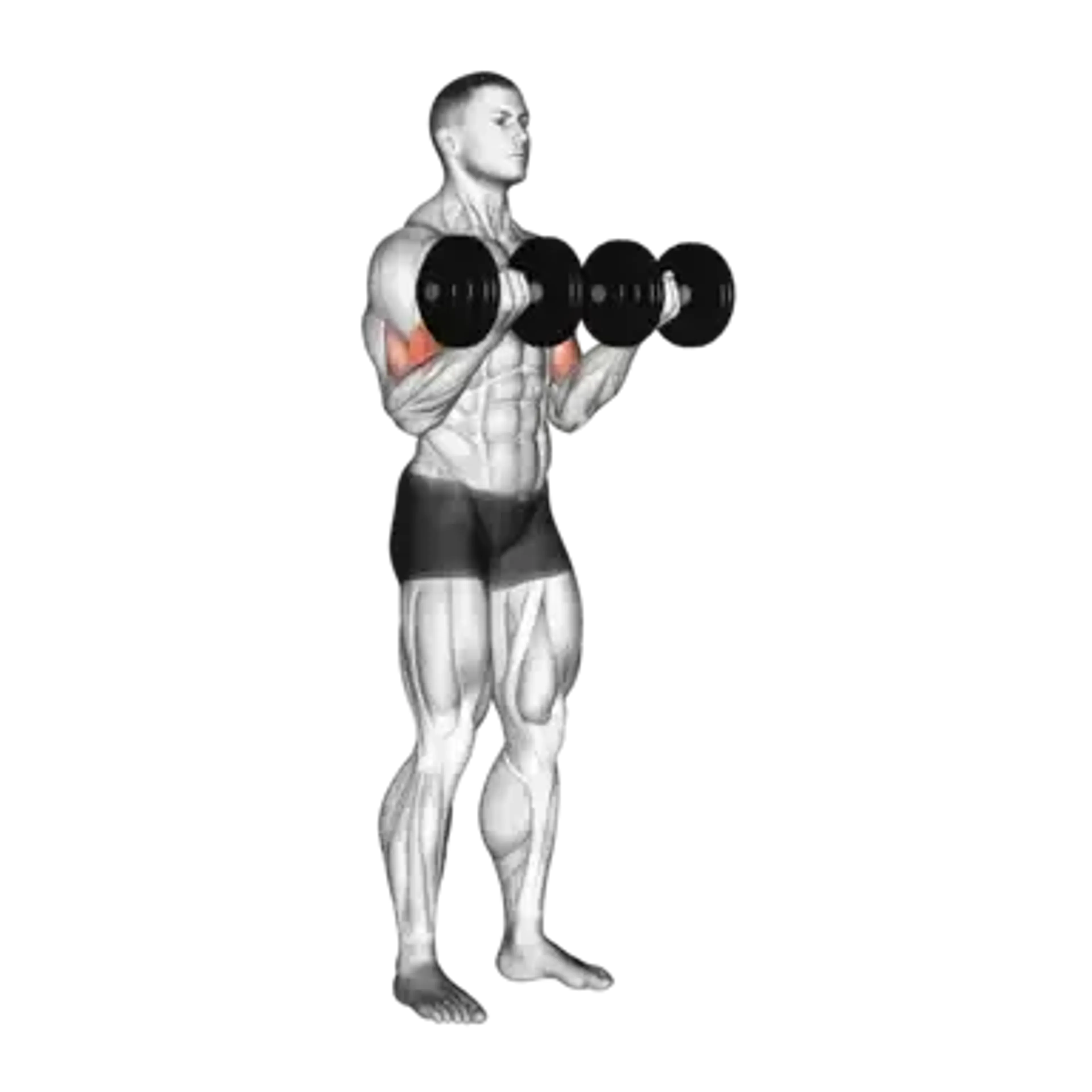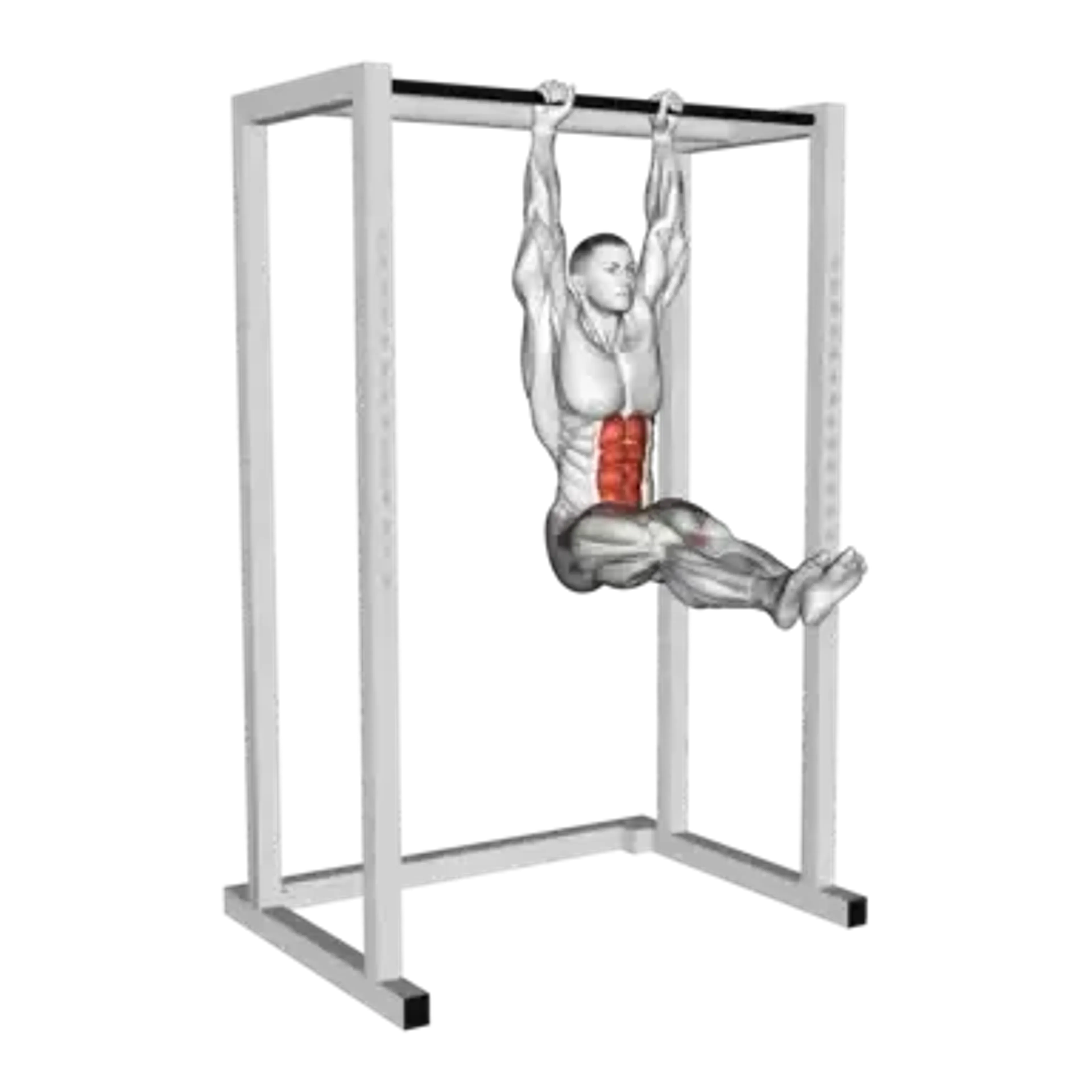The classic Push Pull Legs program - a 6-day muscle-building routine for those who want to gain size, strength, and definition. Based on progressive overload and balanced training frequency for all major muscle groups.
Workout Sumamry
- Goal
- Build Muscles
- Difficulty
- Intermediate
- Target Gender
- Male & Female
- Days Per Week
- 6 days
- Time Per Workout
- 45-60 minutes
- Program Duration
- 12 weeks
- Required Equipment
- Barbell, Bench, Body Weight, Cable, Dumbbell, EZ Bar, Machine, and Other
Workout Description
The Push Pull Legs (PPL) program is one of the most balanced and efficient training splits for building muscle and strength.
By dividing workouts into Push (chest, shoulders, triceps), Pull (back, biceps), and Legs (quads, hamstrings, glutes), it ensures each muscle group gets trained twice per week while allowing adequate recovery time.
This 12-week PPL plan is ideal for intermediate lifters who’ve mastered basic form and want steady progress using progressive overload. It combines classic compound lifts with isolation exercises for full, symmetrical development.
Why Choose the Push Pull Legs Split?
PPL splits are time-tested and highly customizable. Training frequency can easily match your schedule, fatigue is evenly distributed across the week, and each muscle group receives just the right balance of volume and recovery. Whether your goal is size, strength, or general fitness - PPL adapts to your pace.
How to Schedule Your Workouts
You can organize this program in multiple ways depending on your experience and recovery ability:
- Early-Intermediate Lifters (Every-Other-Day):
Push A / Rest / Pull A / Rest / Legs A / Rest / Push B / Rest / Pull B / Rest / Legs B / Rest / Repeat - Intermediate Lifters (3-On/1-Off):
Push A / Pull A / Legs A / Rest / Push B / Pull B / Legs B / Rest / Repeat - Advanced Lifters (6-On/1-Off):
Push A / Pull A / Legs A / Push B / Pull B / Legs B / Rest / Repeat
There’s no wrong way to structure it - as long as you maintain at least one rest day per week and listen to your body. The A/B version adds small variations between the first and second weekly workouts to prevent plateaus and encourage long-term progression.
Day 1: Monday
Push Workout A - Chest, Shoulders & Triceps
Day 3: Wednesday
Legs Workout A - Quads, Hamstrings, Glutes, Calves
Day 4: Thursday
Push Workout B - Chest, Shoulders & Triceps
Day 5: Friday
Pull Workout B - Back & Biceps
Day 6: Saturday
Legs Workout B - Quads, Hamstrings & Calves
How to Progress Each Week
Progressive overload is the backbone of muscle growth. Track your weights and aim to increase load by 2–5% weekly or add an extra rep where possible.
Maintain 1-2 reps in reserve (RIR) on compound lifts to avoid early fatigue.
After 6-12 weeks of consistent training, take a deload week with reduced volume to recover fully before resuming.
Warm-Up & Cool-Down Tips
Start each session with 5–10 minutes of light cardio such as walking, cycling, or jump rope.
Follow this with dynamic stretching for the target muscles and one or two warm-up sets for your main lifts.
After training, cool down with static stretching (20–30 seconds per muscle group) to improve recovery and flexibility.
These simple habits will help prevent injuries and maintain long-term performance.
Nutrition, Recovery & Rest Days
Your training intensity is only as good as your recovery.
- Maintain a slight calorie surplus (+200–300 kcal/day) for muscle gain.
- Target 1.6-2.2g of protein per kg of body weight.
- Sleep 7-9 hours per night and drink enough water daily.
- Manage stress and avoid skipping rest days - they are essential for growth.
If you’re cutting, slightly reduce your volume or rest times but keep lifting heavy to preserve strength and muscle.
| Week | Focus | Notes |
|---|---|---|
1-4 | Establish Technique | Learn form and find working weights |
5-8 | Build Volume | Gradually increase reps or load each week |
9-12 | Strength & Refinement | Focus on heavier sets, drop accessory volume slightly |
13+ | Restart Option | Begin again with adjusted weights or fresh variations |
Consistency Is the Real Secret
Results come from discipline and patience, not perfection.
Show up consistently, track your progress, and give your body time to adapt.
Even when progress feels slow, those small weekly improvements compound into major strength and muscle gains over time.
Stay focused, stay consistent - and you’ll build lasting results that go beyond this 12-week program.
Frequently Asked Questions
- Q: Can I do this program 3 days a week instead of 6?
Yes. You can perform one push, one pull, and one leg day per week - progress will be slower, but recovery will be easier.
- Q: What if I don’t have access to certain machines?
Substitute with similar movements. For example, replace the leg press with dumbbell lunges or the cable row with a resistance band row.
- Q: How long before I see results?
Most lifters notice visual progress in 4-6 weeks with consistent training and nutrition.
- Q: Should I train to failure?
Not every set. Leave 1-2 reps in reserve for main lifts; isolation exercises can be closer to failure safely.
- Q: Is PPL good for women too?
Absolutely. The program targets all major muscles, including glutes and legs, and adapts well to female goals with minor volume adjustments if desired.
- Q: Can I add cardio on rest days?
Light cardio (walking, cycling) on rest days is encouraged. Avoid intense HIIT that might interfere with recovery.


